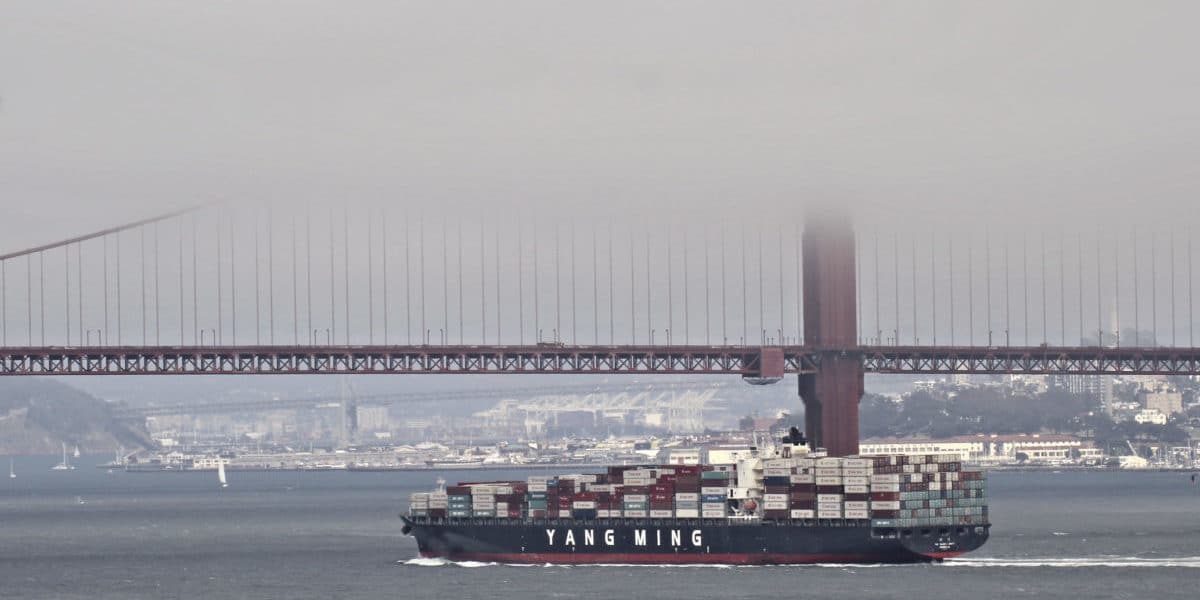The supply chain problems which helped drive up the cost of solar power equipment last year will ease in 2022, according to Scottish analyst Wood Mackenzie.
A note issued yesterday by the U.S.-owned data company, which highlighted how such issues drove up the levelized cost of energy (LCOE) across the Asia-Pacific region in 2021, saw senior analyst Rishab Shrestha state: “Renewables’ supply chain bottlenecks are expected to ease in 2022 and beyond, and the respective LCOE will return to a declining trend.”
With Chinese polysilicon companies ramping up production facilities, WoodMac said an easing in supply problems, and related cost rises, would reverse a 9% year-on-year rise in the average cost of solar projects across the region recorded last year, to US$0.086/kWh – the first such rise in the history of the region’s solar industry.
The only market not to experience more expensive PV electricity last year was solar superpower China, in part thanks to the zero-tolerance Covid policy which has attracted so much attention in western nations of late. Rampant rises in the cost of fossil fuels in China, domestic solar manufacturing, and the nation’s climate change commitments were also factors, according to Verisk-owned WoodMac.
Steepling rises in fossil fuel costs last year ensured that even with their unusual price premiums, Asia-Pacific solar and onshore wind projects – the latter rising in cost 2%, to US$0.103/kWh – gained ground in their economic business case against gas-fired power projects, which became 46% more costly in the region in 2021, and coal plants, which cost 19% more than in 2020.
While solar and onshore wind facilities are 12-29% cheaper over their project lifetime than fossil fuel equivalents in India, China and Australia, “a significant renewables premium” across the other Asia-Pacific countries ensures such clean power plants are 16% more costly over their operating life than gas and coal generation sites, across the region as a whole.
That situation will be reversed by the end of the decade, according to WoodMac, which predicted solar projects, and to a lesser extent onshore wind sites, will together be 28% cheaper than coal across the Asia-Pacific market in 2030 and will achieve at least cost parity with gas. By that stage, solar and onshore wind will be 50-55% cheaper than coal in India, China and Australia, casting into doubt the efficacy of the successful push by the former two nations to water down a desired global commitment to phase out coal use, at the COP26 climate change talks in Glasgow in November.
With gas-fired generation costs potentially set to be driven up 70-100% by the costs of carbon capture and storage (CCS) technology this decade, according to the analyst, the current 50% price premium of renewables with energy storage against the fossil fuel could be removed by 2030.
This content is protected by copyright and may not be reused. If you want to cooperate with us and would like to reuse some of our content, please contact: editors@pv-magazine.com.









By submitting this form you agree to pv magazine using your data for the purposes of publishing your comment.
Your personal data will only be disclosed or otherwise transmitted to third parties for the purposes of spam filtering or if this is necessary for technical maintenance of the website. Any other transfer to third parties will not take place unless this is justified on the basis of applicable data protection regulations or if pv magazine is legally obliged to do so.
You may revoke this consent at any time with effect for the future, in which case your personal data will be deleted immediately. Otherwise, your data will be deleted if pv magazine has processed your request or the purpose of data storage is fulfilled.
Further information on data privacy can be found in our Data Protection Policy.